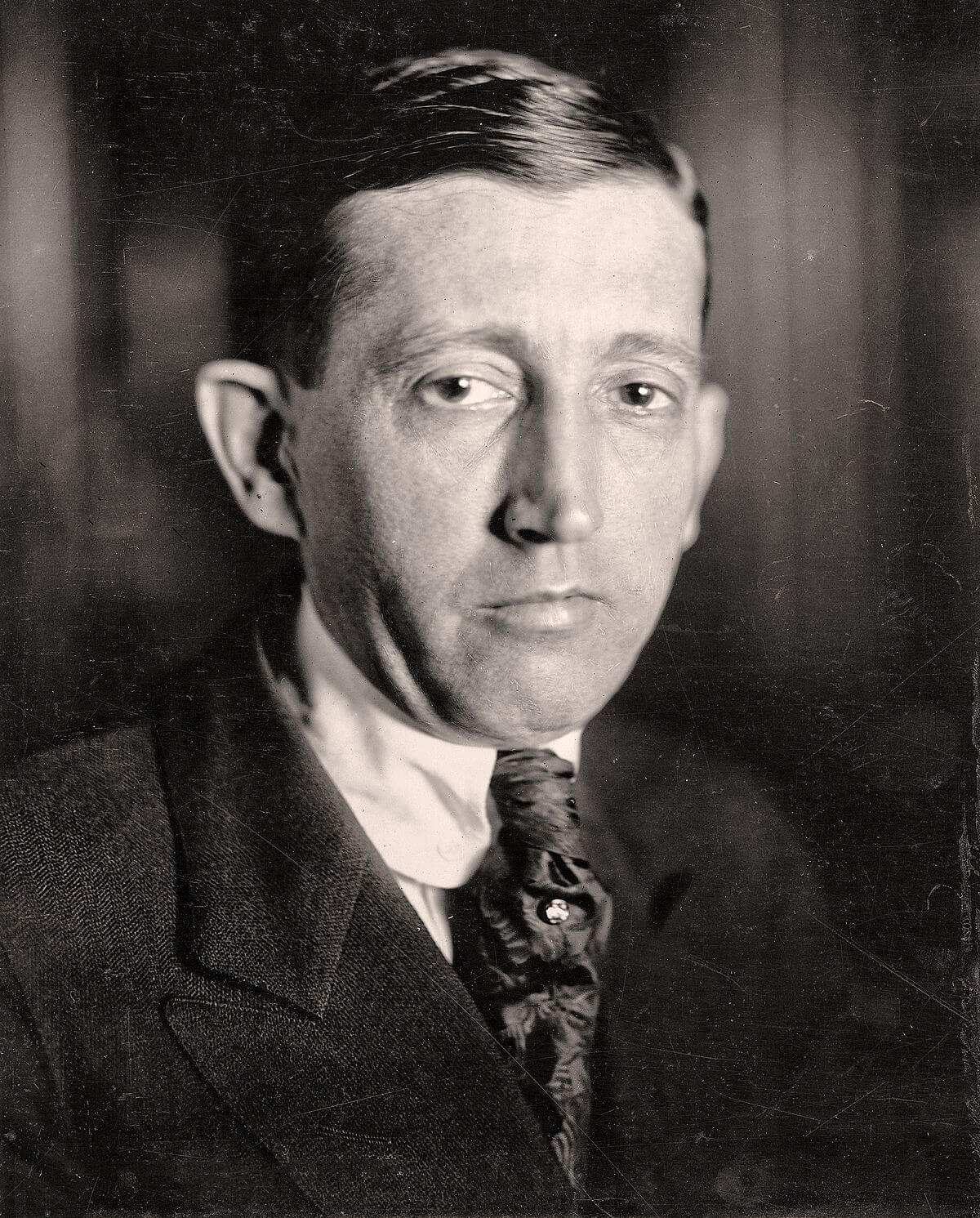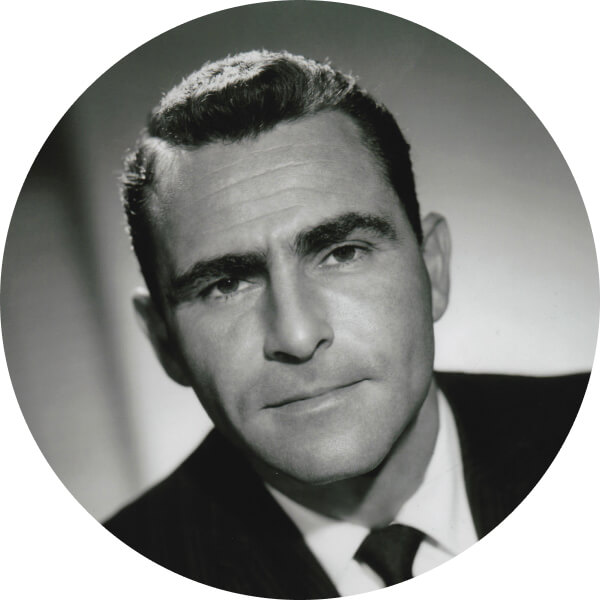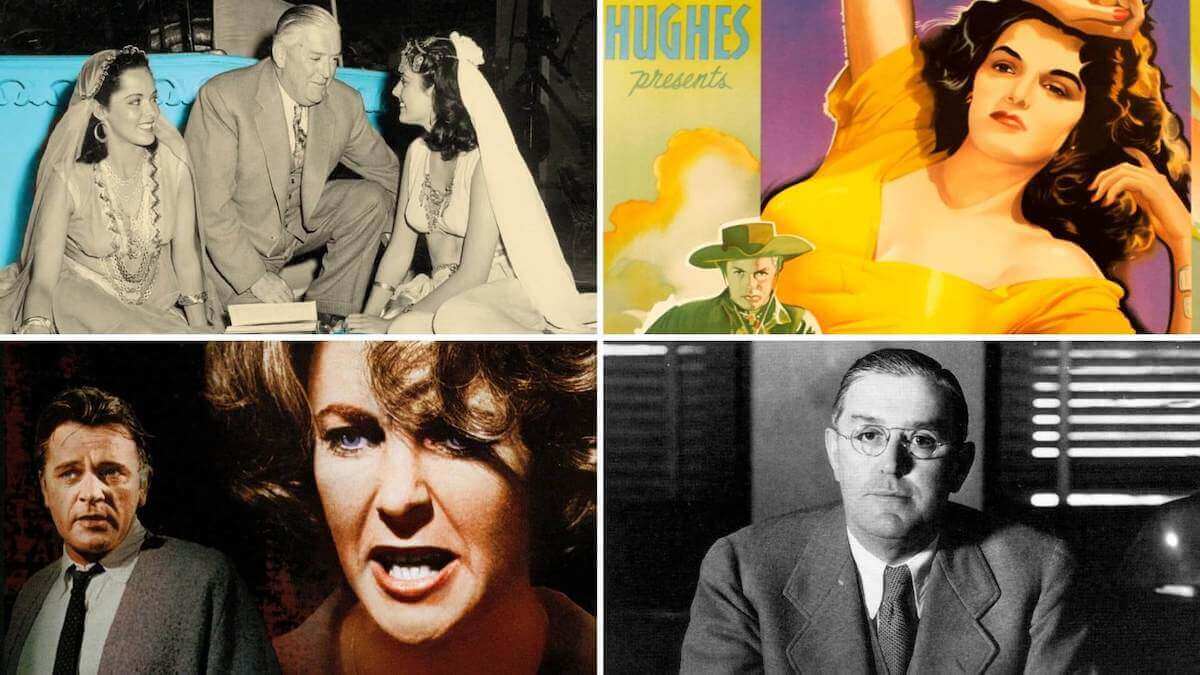U.S. Supreme Court Justice Potter Stewart said in his 383 U.S. 463 (1966) ruling that “censorship reflects a society’s lack of confidence in itself.” And Stewart was right: censorship has reflected social culture (or the lack thereof) since the dawn of time. Cinema has not been immune to censorship. In fact, cinema has been subject to censorship for much of its existence – in the United States, in Russia, in China, and just about every other place with cameras and governments. We’re going to break down movie censorship, particularly in the U.S., by looking at some iconic examples. By the end, you’ll know how cinema has grappled with censorship and whether or not it will ever break away from its clutches.
Movie Censorship in America
First, let’s define movie censorship
The cinema scene has contended with censorship since 1897 – but the battle between free expression and restricted expression was perhaps most potent between 1907 and 1968.
In 1907, Chicago became the first major U.S. city to enforce censorship of films based on “moral grounds.”
1968 marked the beginning of New Hollywood, which is largely synonymous with the end of governmental censorship of American films.
In between the years of 1907 and 1968, a lot of things happened in the cinema scene. We’re going to break down those things in a bit, but first let’s watch a great short doc on the history of Hollywood censorship from Filmmaker IQ.
Movie Censorship History • The History of Hollywood Censorship by Filmmaker IQ
So, it’s obvious censorship has played an enormous part in cinema’s history – but what is censorship?
CENSORSHIP DEFINITION
What is censorship?
Censorship is the restricting of things that are deemed inappropriate for social consumption by a governing body. Most governing bodies throughout the world have sought to censor films at one point or another. In the United States, religious organizations often leveraged financial/political capital to have the government censor films – but by the late 1960s their efforts ultimately proved fruitless.
Movie Censorship History
A rush to bottleneck a medium
When movies were invented, few people knew what to make of them. Were they going to be commercially viable? Were they going to be easily distributed? Were they going to contain illicit subject matter? Nobody knew for certain.
So, for about ten years, from 1897 to 1907, movies were ~generally~ uncensored. Of course, there weren’t a lot of films being shown at theaters – but that’s beside the point.
By 1907, some groups in the United States had begun to vocalize their displeasure with the cinema industry. The movie industry was a radical new development, and like with any new radical new development, a large contingency of people sought to contain it.
Some governmental authorities outright banned films from being shown in their municipalities. Others enforced stringent censorship guidelines. For a while, filmmaking was the wild west, but two things changed that: Hollywood and the birth of the feature film.
For more on how Hollywood became the epicenter of feature films, check out this awesome video from Crash Course.
Film Censorship in America & The Birth of the Feature Film by Crash Course
Okay, now that we know how the U.S. film industry was created, let’s look at how it was developed.
A Time Before Censored FIlms in the US
The pre-code era was risque
For a short period between the late 19-teens and 1934, Hollywood had the ability to make films in a somewhat unregulated fashion. This era is now known as Pre-code Hollywood; referring to the time before the Hays code (more on that in a bit).
Pre-code films had nudity, illicit dealings, and morally grey subject matter. Essentially, all the things that fundamentalists hated. So, all those opposed to the movie industry pooled together and lobbied the government to do something; thus the Production Code Administration was created.
The Production Code Administration (PCA) worked in tandem with the Motion Picture Producers and Distributors of America (MPPDA) to censor American-made films. At the head of this tandem was William Hays; politician, U.S. Postmaster General, RNC Chairman (1918-1921), and all-around middle-man.

Film Censorship in America was proliferated by MPPDA Chairman Will Hays
Hays outlined a series of censorship guidelines in 1927 called the “Don'ts and Be Carefuls” – but they were scarcely enforced. But by 1930, enough people were upset by the risque-nature of Hollywood that the government felt something had to be done. Remember, this was a time when alcohol was illegal; a social era we must place in historical context to fully understand.
A vast contingency of the American public was opposed to depictions of violence and sex in popular culture. Making things worse, some of Hollywood’s biggest stars were often seen in the public eye drinking and philandering; and a few were even accused of sexual assault. All of this serves to say that a lot of people were ready for change in Hollywood.
Censorship of Movies in America Begins
The golden age of censorship
The golden age of Hollywood and censorship go together like two peas in a pod. Don’t get me wrong: there were a lot of great movies in the golden age – but they all had to contend with censorship.
In 1934, Hays formally introduced the Motion Picture Production Code, which is widely referred to now as “the Hays code.”
For the first time since cinema’s inception, there was a cohesive censorship guideline for films that were made and distributed in the United States. Films were no longer permitted by the U.S. government to show gratuitous sexuality, drug use, substance abuse, murder, etc.
Ironically, these censorship restrictions actually aided studio productions. They made them more streamlined, succinct, and often more satisfying – but there’s no denying that the restricting of the right to freedom of expression was antithetical to the American ideals outlined in the First Amendment.
If you want to learn more about this early period of Hollywood’s golden age, check out “how the Catholic Church censored Hollywood’s golden age” below.
Motion Picture Censorship & How the Catholic Church Censored Hollywood’s Golden Age by Vox
The National Legion of Decency wasn’t actually an official branch of the Catholic Church. Instead, it was an ideological system built on local sects of support. Still, many American Catholics abided by its objectionable tenets, such as avoiding sin by going to the movies.
Just because something exists doesn’t make it a crime. Just look to Christian dean and author Jonathan Swift for example, who famously satirized the British state by suggesting the Irish eat children to avoid famine in his satirical masterwork "A Modest Proposal."
Still, there was a massive disconnect between ordinary people and Hollywood stars. Many of Hollywood’s biggest stars, like Elizabeth Taylor, Bette Davis, Humphrey Bogart, and Cary Grant were all married more than four times! It’s important to remember that divorce was still illegal in many European countries at this time.
For better or worse, it wasn’t just religious fundamentalists who disapproved of Hollywood’s jet-setting lifestyle, romantically or otherwise, it was a massive contingency of people who were taught to believe monogamy was a crucial part of the domestic experience.
Needless to say, during this time, there were a lot of people in favor of keeping cinema tame, even if it meant censorship had to be enforced. We’ll never know what cinema would have looked like without the Hays code – but we do know it indirectly created an air of romanticism.
Arguments for film censorship are entirely weak – but there’s no denying that the Hays code had some positive impacts on American cinema.
Movies Without Censorship Re-Emerge
A break away from censorship
By the 1960s, the Motion Picture Production Code’s stranglehold on cinema had all but vanished. Why? Well, for a few reasons.
The first is the 1948 Supreme Court case “U.S. v. Paramount Pictures,” which ruled that production studios could no longer own and operate theaters. This led to new cinema chains showing international films.
The second is that international films, particularly from the French New Wave and Italian Neorealist movement, were more graphic than Hollywood films. So, in a way it didn’t matter that Hollywood movies were censored because international pictures were often shown uncensored.
The third is that up-and-coming filmmakers, like Steven Spielberg, Peter Bogdanovich, and George Lucas grew up on pre-code films and studied international films as young adults.
For many young filmmakers, the code didn’t matter; there was simply no stopping them from “taking to the streets” and creating the movies they wanted to make. So, Hollywood essentially let them take the reins, and thus New Hollywood was born.
For more on New Hollywood, check out this video from Ministry of Cinema.
Movie Censorship and American Culture • Film History: New Hollywood by Ministry of Cinema
New Hollywood marked the beginning of the cinema landscape we live in today, which is separated between major film studios and independents. But more importantly, it marked the beginning of less-censored filmmaking.
The Motion Picture Association established the Classification and Rating Administration in 1968 – but it didn’t take shape into the “G, PG, PG-13, R, NC-17” form we know today until 1990.
Censorship in Movies Today
Self-censorship and the movie business
In recent years, there’s been a major push to remove “easy-access” to films that feature racially, sexually, and socially insensitive or discriminatory content.
Two things on that: the first is that the removal of these movies from streaming services is not censorship. No governing body is telling them to remove them. The rights-holders are simply making a decision that they believe is in their best business interest. Secondly, these movies still exist. We live in an age of “easy-access” — you can find just about anything on the internet.
With that said, it’s disappointing to see these landmark movies disappear from platforms with broad reach. I urge everybody to revisit one of the best Twilight Zone episodes of all-time: Deaths-Head Revisited – and if you can’t, at least consider this quote.

The Dachaus, the Belsens, the Buchenwalds, the Auschwitzes – all of them. They must remain standing because they are a monument to a moment in time when some men decided to turn the Earth into a graveyard. Into it they shoveled all of their reason, their logic, their knowledge, but worst of all, their conscience. And the moment we forget this, the moment we cease to be haunted by its remembrance, then we become the gravediggers. Something to dwell on and to remember, not only in the Twilight Zone but wherever men walk God's Earth.
— Rod Serling
I bring up this quote for one reason, and that reason is to say: to self-censor is to do a disservice to all those who were discriminated against. We must not burn books with reprehensible content because if we do, we’re no better off than we were 100 years ago.
This is not a revolutionary concept by any means – but it is worth stating. Remember Justice Stewart’s quote from earlier? “Censorship reflects a society’s lack of confidence in itself.” If we lack the confidence to expose discriminatory content, we fail to show the next generation how to be better.
Cinema is two things: a business and an artistic medium. Perhaps it’s naive to think the latter outweighs the former. But idealistically, at least from a critical perspective, we can choose to see it that way.
UP NEXT
What is Pre-Code Hollywood?
Pre-code Hollywood was a brief period in American cinema that took place before the advent of widespread movie censorship. In our next article, we break down pre-code Hollywood with examples from Frankenstein, The Public Enemy, and more. By the end, you’ll know why pre-code Hollywood was one of the most important film eras of all-time.
Up Next: Pre-Code Hollywood →
Showcase your vision with elegant shot lists and storyboards.
Create robust and customizable shot lists. Upload images to make storyboards and slideshows.
